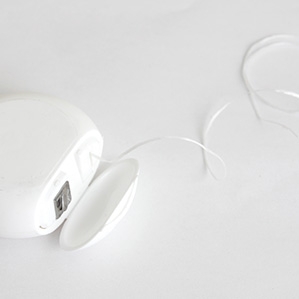Protect your precious gums with preventive care.
Since it doesn't get better on its own, early treatment is the key.

Another name for gum disease, Periodontitis.
It progresses gradually without any significant pain or symptoms and can lead to the extraction of multiple teeth at once. The main causes of Periodontitis are plaque and tartar.
Periodontitis progresses through several stages

Gingivitis
This is the earliest stage, characterized by inflammation of the gums. Symptoms include redness, swelling, and bleeding gums, especially during brushing or flossing.

Early Periodontitis
At this stage, the inflammation extends deeper into the gums and begins to affect the bone supporting the teeth. The gums may recede, and pockets may form between the teeth and gums. Some bone loss may occur.

Moderate Periodontitis
The infection spreads further, leading to increased gum recession, deeper pockets, and further bone loss. Teeth may become loose and may even shift in position.

Advanced Periodontitis
In this stage, there is significant destruction of the bone and connective tissue supporting the teeth. Teeth may become very loose or may even fall out. Severe infection and abscesses may occur, causing pain and swelling.
Self-diagnosis of periodontal disease can involve observing the following signs and symptoms
Gum Bleeding: Bleeding from the gums during brushing or flossing.
Gum Swelling: Swollen or reddened gums, especially in localised areas.
Gum Recession: Gums pulling away from the teeth, making the teeth appear longer.
Gum Pocket Formation: Spaces or gaps between the teeth and gums.
Tooth Mobility: Loose teeth or a change in the way your teeth fit together when you bite down.
Persistent Bad Breath: Chronic bad breath that doesn't improve with oral hygiene measures.
Treatment Methods for Periodontal Disease
Periodontal disease is caused by plaque and tartar buildup, which, if not properly removed, can lead to cavities and gum disease.

Oral Examination & TBI (Tooth Brushing Instruction)

Scaling

Periodontal Flap Surgery & Root Planing

Periodontal Surgery (Gum Surgery)
Prevention of Periodontal Disease

Brush your teeth for at least 3 minutes four times a day (morning, afternoon, evening, and before bed).

Adopt the 2-2-2 rule: Brush your teeth for at least 2 minutes within 2 minutes after meals, two times a day.

Keep the areas between your teeth and gums clean by using dental floss and interdental brushes.
